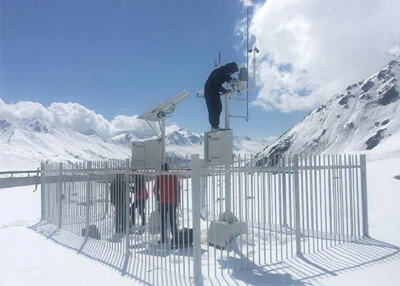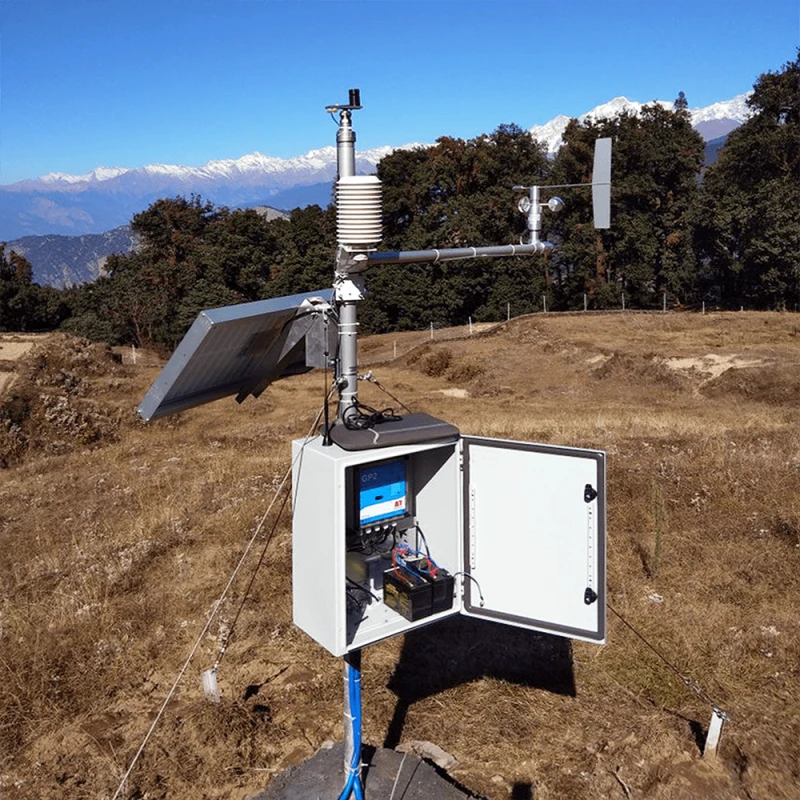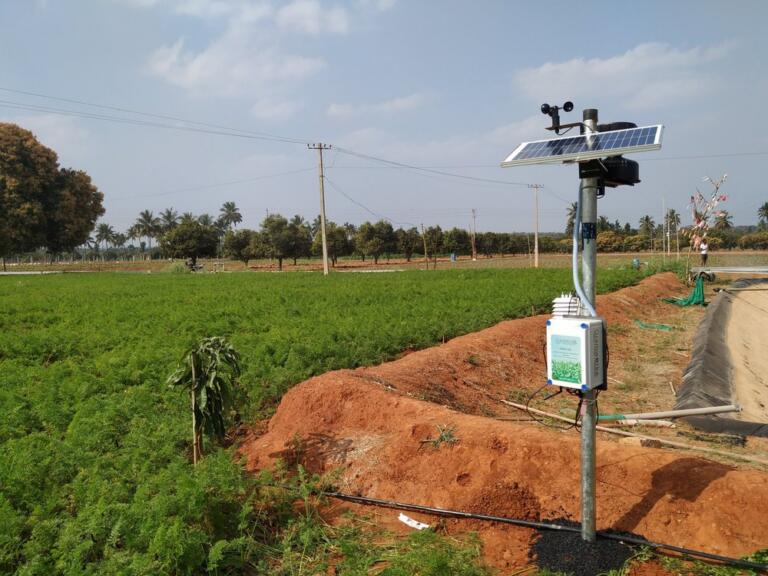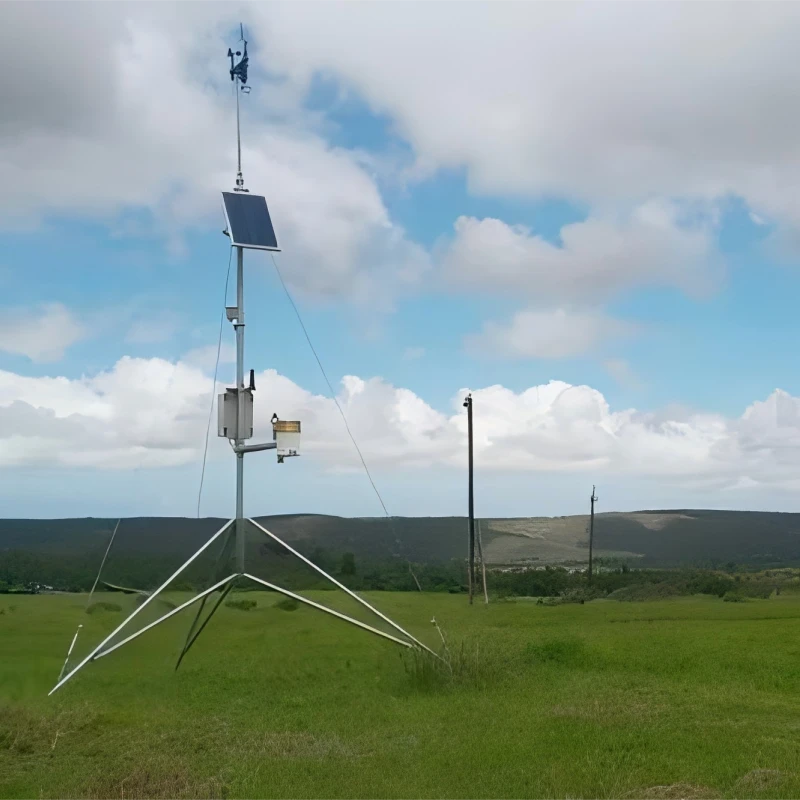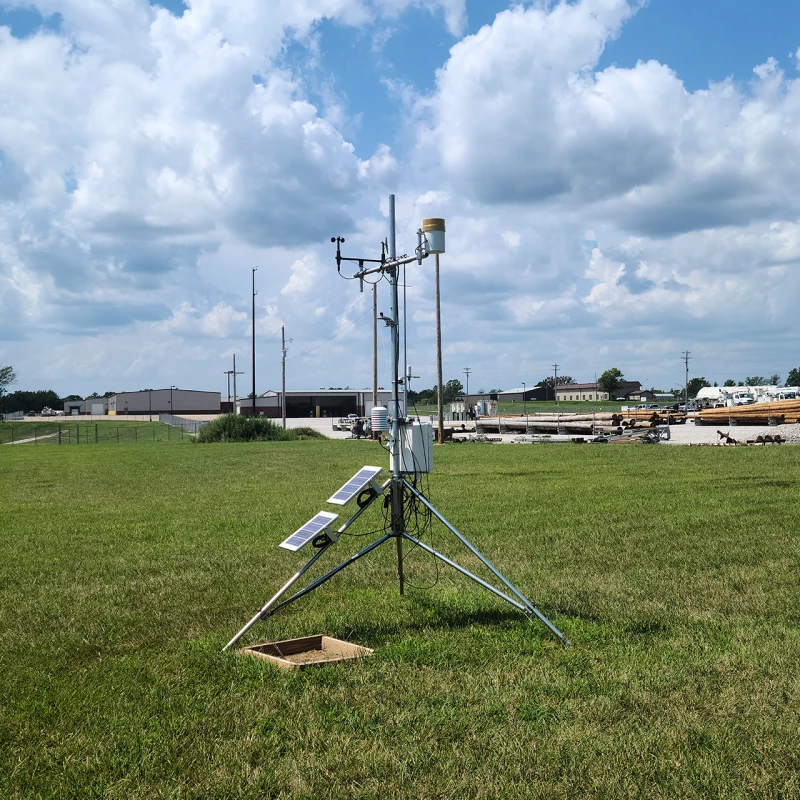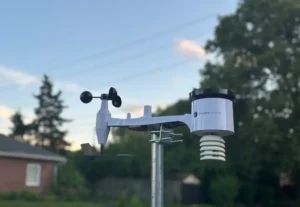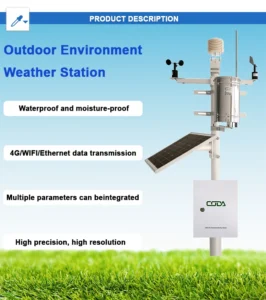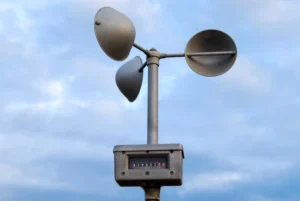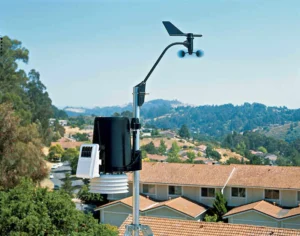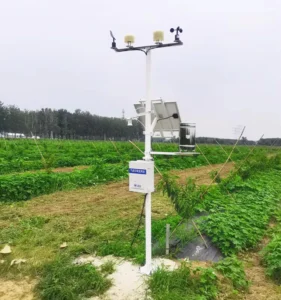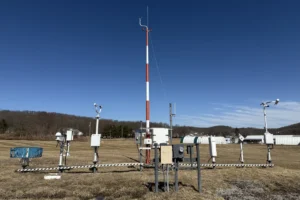Outdoor weather stations sale
Outdoor weather stations track weather and environmental data in real-time. They use different sensors and tools to gather information. These stations help with weather forecasts, climate research, and monitoring the environment.
The data collected includes many weather factors. These are temperature, humidity, wind speed, wind direction, and precipitation. It also includes environmental measures like soil moisture, evaporation, and radiation.
Experts group professional weather station into different types based on their purpose and setup. These include portable weather stations, high-accuracy home weather stations, and highway weather stations. Each type serves different needs and situations.
There is no set standard for how long a weather station should last. The lifespan of a weather station depends on many factors.
The quality of the station depends on several factors. These factors include how well builders construct it. They also include the materials that we used. The installation conditions matter too.
Finally, how much maintenance it gets is important. How often it is used also matters. Here are some simple guidelines.
Factors influencing durability.
1. The quality of equipment in a weather station is very important. This includes sensors, data collectors, and power supplies.
Good equipment helps the station last longer and work better. High-quality equipment usually lasts longer and works more reliably.
2.Installation Environment
Outdoor weather stations in tough conditions may not last long. This includes extreme temperatures, strong winds, heavy rain, and corrosive salt spray. This is especially true when compared to those in milder climates.
3.Regular maintenance, such as cleaning and calibration, can greatly extend a weather station’s life. It is also important to replace worn parts.
4. Usage: Using something continuously without proper care will cause it to wear out faster.
General Lifespan Range.
– Consumer Grade davis instruments weather stations usually last about 5 to 10 years. They are often cheaper models meant for weather enthusiasts use or light professional work.
– Professional Grade digital weather stations: These can last 10 to 20 years or even longer. They are high-quality models used by weather agencies, schools, and research groups.
Research-grade weather stations can last more than 20 years. They last longer if they are well cared for and used in mild weather.
Maintenance and Replacement Considerations.
– Sensors: Individual sensors may need to be replaced from time to time. This is especially true if they wear out or get damaged.
– Batteries: In areas without power or in remote places, battery life matters. This means you will need to replace batteries often.
-Electronics: Electronic parts, such as circuit boards and displays, can wear out over time. This happens due to heat, humidity, and rust.
-Structural Components: Enclosures, brackets, and other parts should be strong. However, they may need to be replaced due to wear, tear, or damage.
Routine maintenance and servicing are important for making your weather station last longer. This includes checking the setup, ensuring power connections are secure, cleaning the surfaces, and calibrating the sensors often. Finding and fixing problems quickly can prevent bigger failures. This also helps to extend the equipment’s lifespan.
Financial and Policy Assistance:
Weather stations need money to run and stay in good condition. Without enough funds, maintenance can be delayed. This can make equipment wear out faster. As a result, these stations may not last as long.
Also, help from the government and related organizations is crucial for the long life of weather stations. This includes giving financial aid and technical support.
Human Influence:
Incorrect handling, misuse, or intentional damage can harm the lifespan of weather stations. – Better training for staff is important.
– Clearer operational standards are also necessary.
– Stronger safety checks help protect weather stations.
– These steps can extend the life of weather stations.
Advancements in technology and innovation:
As science and technology improve, new ways to observe the weather are always being created. Weather stations may need to update their tools often to ensure accurate and reliable weather reports.
conclusion
The lifespan of a weather station is a complex issue affected by many factors. When used in good conditions, a high-quality weather station can last for many years or more. However, in reality, the lifespan can vary due to several reasons.
To ensure weather stations last a long time, we need to consider a few things. These include the quality of the equipment, how users handle it, and how we maintain it. We should also think about new technology. Using the right strategies can help make them last longer.
